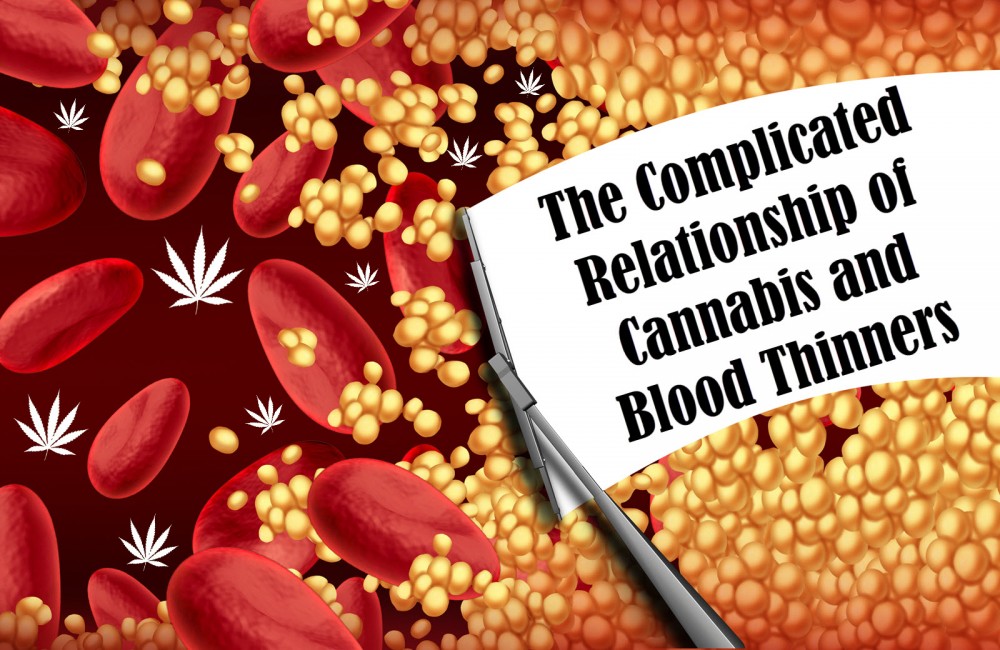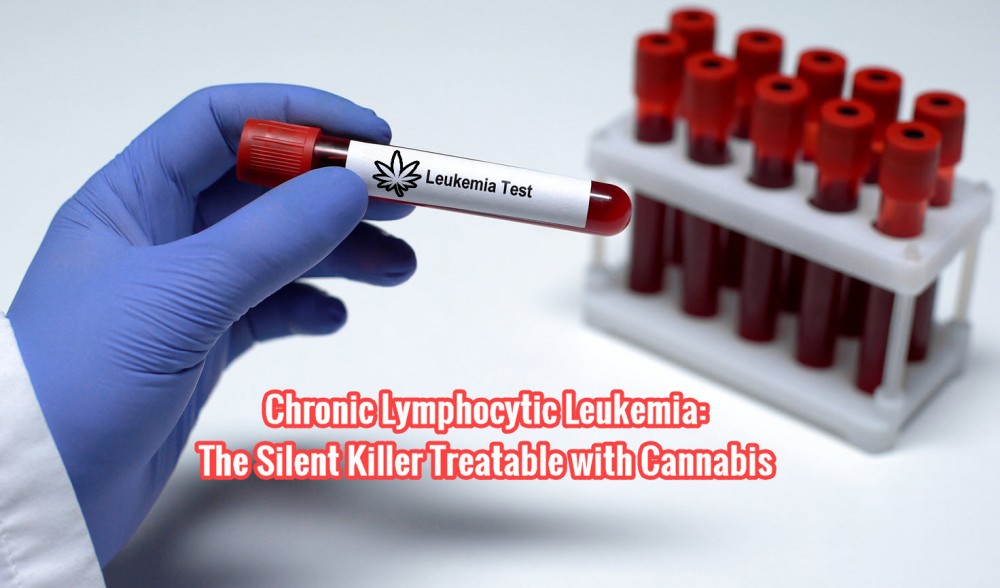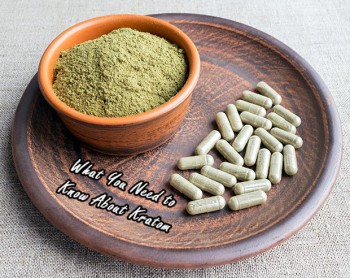Is Medical Marijuana an Effective Treatment for Essential Thrombocythemia?

When someone hears the word thrombosis in a diagnosis, it signals all the alarming bells. Thrombosis is when blood clots are forming. It could be in a vein, artery, or even the lungs. Nonetheless, it is a scary thing, because if it is not dissolved properly, it could cause heart attacks, strokes, or other dangers that could be life-threatening. There are many variations of thrombosis. Each one has its harmful effects. Today we are going to address Essential Thrombocythemia.
What is Essential Thrombocythemia?
Essential Thrombocythemia is quite an uncommon disease where your body produces too many blood platelets. This often leads to a constant feeling of exhaustion and dizziness. You also experience headaches and vision changes. To make it worse, the forming of blood clots is a high risk. It is a disorder that often develops only after 50, but young people could have it too.
The disease develops when there is a change in the bone marrow stem cell DNA that results in an overproduction of platelet-forming cells in the bone marrow. The cause, as with so many other rare diseases, is not clear. It falls under the umbrella of myeloproliferative disorders, or MPD.
In healthy people, the human body platelet count is 150000 to 450000 per microliter of blood. Those suffering from essential thrombocythemia have more than 450000 per microliter. Because of the excess amount, it can cause clots to form due to abnormal bleeding. There is no cure for this disease, but the symptoms could be lowered.
The Symptoms of Essential Thrombocythemia
The initial symptoms of the disorder include fatigue and bleeding. It is not an easy disease to be diagnosed. Doctors have to do blood tests and bone marrow biopsies. Some people do not show any symptoms at the beginning, which makes it even harder to diagnose. The signs and symptoms are also related to where the clot is forming. When a blood clot forms, it could block blood flow to a certain part of the body. The initial symptoms are:
Skin problems like redness, itching, or burning
Pain in feet or hands
A mildly enlarged spleen
Headaches, dizziness, weight loss
Pregnancy complications
Chest pain
Fainting
Temporary vision changes
Less common symptoms include bleeding due to a very high platelet count. The signs to look out for are:
Nosebleeds
Bruising
Bleeding from the gums and mouth
Bloody stools
If blood clots form in the arteries that lead to the brain, there is a high risk for a transient ischemic attack or a stroke. These signs can develop suddenly and a temporary interruption of blood flow to the brain is imminent. The symptoms include:
Weakness or numbness of the face, arm, or leg, usually on one side of the body.
Difficulty speaking or understanding speech
Blurred, double, or decreased vision
What are the risks?
The older you are, the higher is the risk for complications. Those who had blood clots before are also more at risk. Abnormal blood clotting due to essential thrombocythemia can have some serious complications. They are:
Stroke – A blockage of blood flow to the brain causes a stroke.
Heart attack – any obstruction of blood flow to the heart will cause heart attacks
Excessive bleeding – It could appear as nosebleeds or bleeding of the gums and mouth.
Pregnancy complications – uncontrolled thrombocythemia could cause miscarriages or other complications.
Treating this disease
Treatment depends on the number of platelets in the blood and the risk of clotting or bleeding complications. Plateletpheresis (removing platelets from the blood) is used as an emergency treatment to have a quick reduction of high levels. Long-term observation is normally included in the treatment. Strokes and heart attacks could have permanent effects.
What Cannabis Treatment is the Best?
CBD or cannabidiol is a naturally occurring chemical compound in the cannabis plant. Our endocannabinoid system with its different receptors is found all over the body. The main function of the system is to regulate physiological processes, including the immune system.
Cannabis has anticoagulant properties and can act as a blood thinner. It is vitally important though, if a person is already on blood thinners, to study up on how to include cannabis as part of the treatment. Cannabis directly affects the way blood platelets clot together. CBD specifically seems to block the metabolism of certain medications in the liver by affecting the cytochrome P450 enzymes.
Cannabis has the following properties that are immensely helpful in treating symptoms of essential thrombocythemia:
Anti-inflammatory properties
Anti-cancer properties
Anti-stress properties
Anti-microbial properties
Relieves hypertension
Increases blood circulation
Reduces tingling sensation of hands and feet
Relieves the burning sensation of hands and feet
Preventative measures
If you are diagnosed with essential thrombocythemia and you have the tendency to bleed, it is good to look at the following precautionary measures:
Avoid contact sports or any activity that could lead to bruising or let you fall
Use a softer toothbrush and waxed floss
Avoid cutting your self in shaving or when you use sharp household tools.
CANNABIS BLOOD THINNERS, READ MORE...
CANNABIS AND BLOOD THINNERS, IT'S COMPLICATED, READ MORE.







